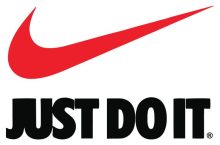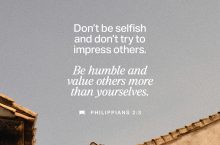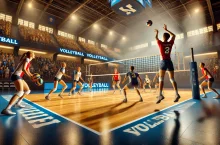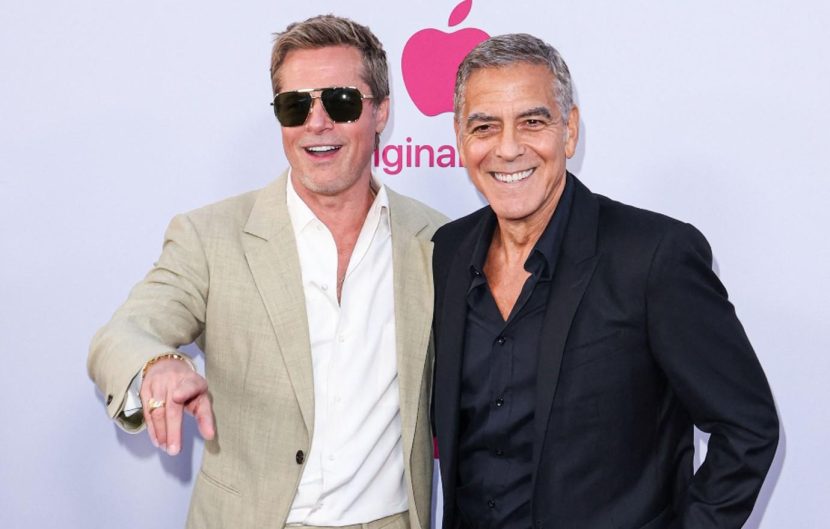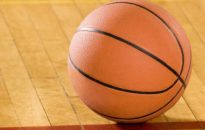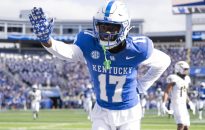Greene is the latest figure in college sports to openly express the future goals of athletic departments, which prioritize compensating student athletes.Another sage point by Greene is the deliberate avoidance of these types of scenarios by people entering college sports and the need to adapt to stay in the industry.Despite moving further away from the […]


Greene is the latest figure in college sports to openly express the future goals of athletic departments, which prioritize compensating student athletes.Another sage point by Greene is the deliberate avoidance of these types of scenarios by people entering college sports and the need to adapt to stay in the industry.Despite moving further away from the amateurism model by the day, Greene remains optimistic that passion still separates college fanbases from professional sports. Therefore, he sees a responsibility to be mindful of resources while squeezing out every avenue possible.Greene approximated a cap, “in theory,” up to .5 million. Several universities have created positions and reshaped departments to adapt to the complexities of the new NIL era.There are several ways to acquire NIL resources in college sports, now more than ever. Arguably, resources should be more focused on the multi-million dollar cap brought along with revenue sharing and less on fan donations, but any edge is crucial in the new landscape of college sports.Pittsburgh Panthers athletic director Allen Greene spoke of the settlement’s implications and how college football and basketball teams across the nation will have to retool to add and retain roster talent with NIL moving to the revenue-sharing model.College football and basketball will inch closer to a transactional relationship with players, but schools that recognize and don’t fight the notion can benefit from a branding perspective.Schools across the country have added on mandatory fees to season ticket purchases of donations to the NIL collective. Greene insinuates here that the Pirates may look to add that on in the future.“We’re seeing some schools put in additional fees on their tickets,” Greene said. “We’re seeing some schools set up certain funds that go directly to support student-athletes and NIL and revenue sharing. We’re no different. We’re in that same boat, doing the same thing.”Once the settlement is approved, college football and basketball will never look the same. Programs that previously faced severe consequences will now have permission to compensate student-athletes for their contributions.“We use the word ‘ever-changing’ quite a bit,” Greene said. “There are a lot of unknowns that are still out there. It’s a really challenging time in college athletics right now. We have to treat our operation more as a business, which means we are going to make more transactional decisions. That is in large part antithetical to why I got into this business, but it’s the realities of where we are. If we’re going to be in the game, let’s play the game.”“Right now, the best way that we can acquire talent — and the national landscape acquires talent — is through money,” Greene said. “It used to be about scholarships, facilities, and some of the shiny stuff. It went from glitz and glam to green.”Judge Claudia Wilken granted preliminary approval of the settlement on Oct. 7, setting up a hearing for its final approval on April 7.Athletic departments across the country are entering a new era of name, image, and likeness in college sports as the House vs. NCAA settlement approaches.Greene sees a direct correlation with success and revenue sharing at the highest levels. He consequently predicts a future where Pittsburgh will require more resources and money to acquire and retain top talent, ending his remarks with pleas for fans to support the athletic department. Greene was candid in his Saturday morning interview on Pitt’s flagship station 93.7 FM, as the Tribune Review reported on the athletic director’s commentary.“It only makes sense that we ensure that football and men’s basketball, in particular, are successful,” Greene said. “We have to understand what drives the train and what gives us the opportunity to support our entire department, and that is through the main mechanisms of football and basketball.”Greene detailed that the athletic department and college sports are now the largest marketing tools for institutions, and efforts should be centered on the revenue-generating teams.


